Your pet’s eyes are complex and unique organs that work with their brain to detect light and create images. Innumerable potential problems can plague the eyes, causing vision issues. Some of these problems occur far more frequently than others and are common reasons for dogs and cats to visit our Greenfield Veterinary Clinic for care. Learn how to identify ocular disease signs and understand when to seek veterinary care by reading about pets’ seven most common eye conditions.
#1: Conjunctivitis in pets
The conjunctiva is a normally translucent to pink tissue that lines the eye white (i.e., sclera) and eyelid underside. Conjunctival inflammation can cause the eye to appear red and swollen, and include watery or thick mucoid discharge. Common causes in cats include irritants, feline herpesvirus, or bacterial infections. Common causes in dogs include systemic allergies, local immune system dysfunction, or irritation from other structural eye disorders. A few days’ antibiotic, antiviral, or anti-inflammatory eye medications typically resolve the problem, although some cases require long-term therapy.
#2: Corneal ulcers in pets
The cornea is the clear tissue covering the eye’s front portion. Tissue abrasions erode the cornea’s layers, causing a painful open wound. Corneal ulcer signs include squinting, redness, and eye rubbing. Causes for ulcers are numerous, including underlying eyelid or corneal diseases, traumatic injuries, herpesvirus in cats, or old age. Treatment for uncomplicated, shallow ulcers includes a few days’ antibiotic eye drops and a cone collar to protect the eye from further damage. Deep or infected ulcers may require grafting surgery or intensive medical treatments. Age-related ulcers heal slowly and may require a procedure to stimulate new cell growth.
#3: Dry eye disease in dogs
Dry eye (i.e., keratoconjunctivitis sicca [KCS]) is common in certain dog breeds and in those who have diabetes or thyroid disorders. Damage to nerves that supply the eye may also lead to dryness. Dogs with KCS cannot produce tears, leaving them with red, itchy eyes and constant thick, sticky discharge. Untreated KCS often leads to corneal ulcers, inflammation, and scarring, which can eventually cause blindness. Lifelong eye drops and occasionally surgery are required to control this condition.
#4: Nuclear sclerosis and cataracts in pets
The eye’s lens is the large, clear structure behind the pupil that helps to focus light rays onto the retina. Senior pets may experience lens stiffening, which reduces their focusing ability and causes a slight haziness (i.e., nuclear sclerosis), but the condition only mildly affects vision. Another lens condition, cataracts, occurs frequently in diabetic and senior dogs. This opacity may eventually obscure vision, but surgery can restore normal clarity.
#5: Eyelid and eyelash disorders in pets
Many pets are born with congenital eyelid or eyelash disorders, such as eyelids that roll inward (i.e., entropion), eyelids that roll outward (i.e., ectropion), extra eyelashes (i.e., distichia), or hairs that grow from the eyelid conjunctiva directly toward the eye (i.e., ectopic cilia). Corrective surgery, usually performed by a specialist, is required to prevent long-term corneal damage. These conditions’ signs include periodic squinting, tearing, and recurrent corneal ulcers.
#6: Glaucoma in pets
Glaucoma (i.e., elevated eye pressure) damages the optic nerve and leads to blindness. The eye constantly produces fluid to maintain normal eye shape, which drains out through tiny holes near the iris edge. When this drain is formed abnormally (i.e., primary disease) or becomes blocked from another disorder (i.e., secondary disease), glaucoma develops. Eyedrops or surgeries to reduce pressure often work to control this condition temporarily, but pets who lose vision may need the affected eye removed for their comfort. The primary disease form typically affects both eyes, so some pets with glaucoma will go completely blind. Glaucoma signs include dilated pupils, vision loss, redness, and a cloudy cornea.
#7: Retinal disease in pets

The retina is a thin cell layer lining the back of the eye that detects light and transmits signals to the optic nerve and brain for interpretation. Without a functional retina, vision fails. Common retinal problems include retinal atrophy, retinal detachment, and retinal hemorrhage. Some retinal conditions may be reversed through treatment or highly specialized surgery, available in only a few areas of the country, and many pets with retinal disease go blind. Retinal disease presents as a slowly progressive or sudden vision loss with pupil dilation or abnormal eye reflectivity.
Changes in your pet’s eye appearance or comfort level can indicate an underlying ocular injury or condition, which could threaten their vision or long-term eye health. Schedule a visit with our Greenfield Veterinary Clinic team if your pet’s eyes become red or are tearing, or if your furry pal is squinting or exhibiting discomfort. Our veterinarians can resolve many common eye issues, but we may also refer you to a veterinary ophthalmologist for conditions that require complex surgical procedures or advanced medical treatments.


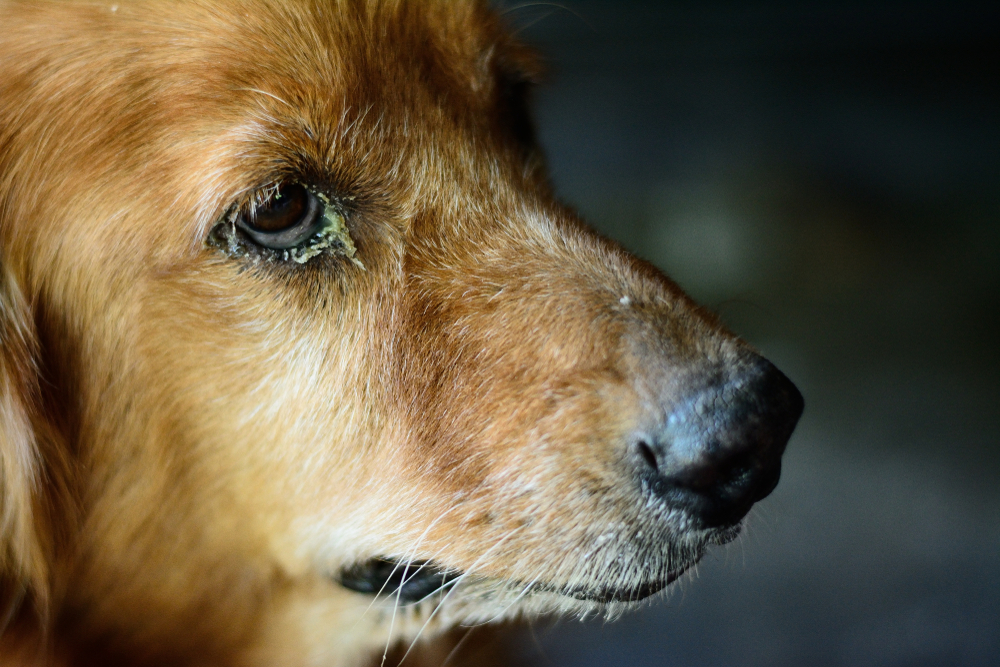
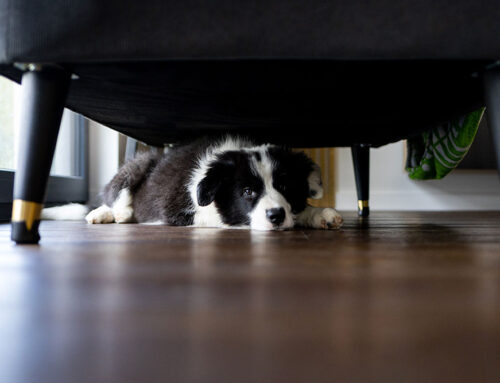
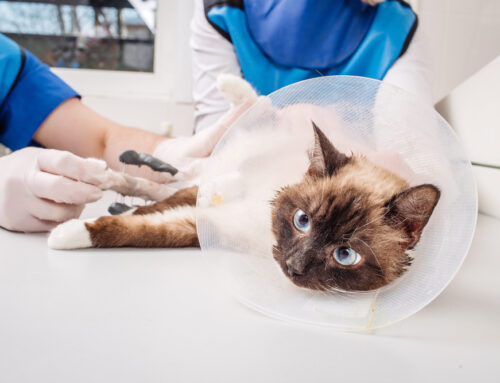
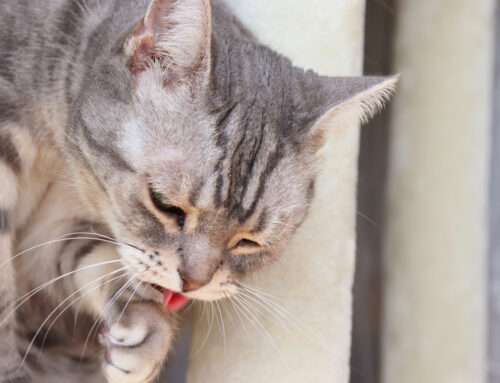
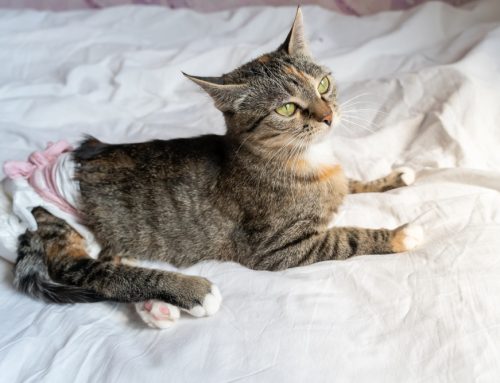
Leave A Comment